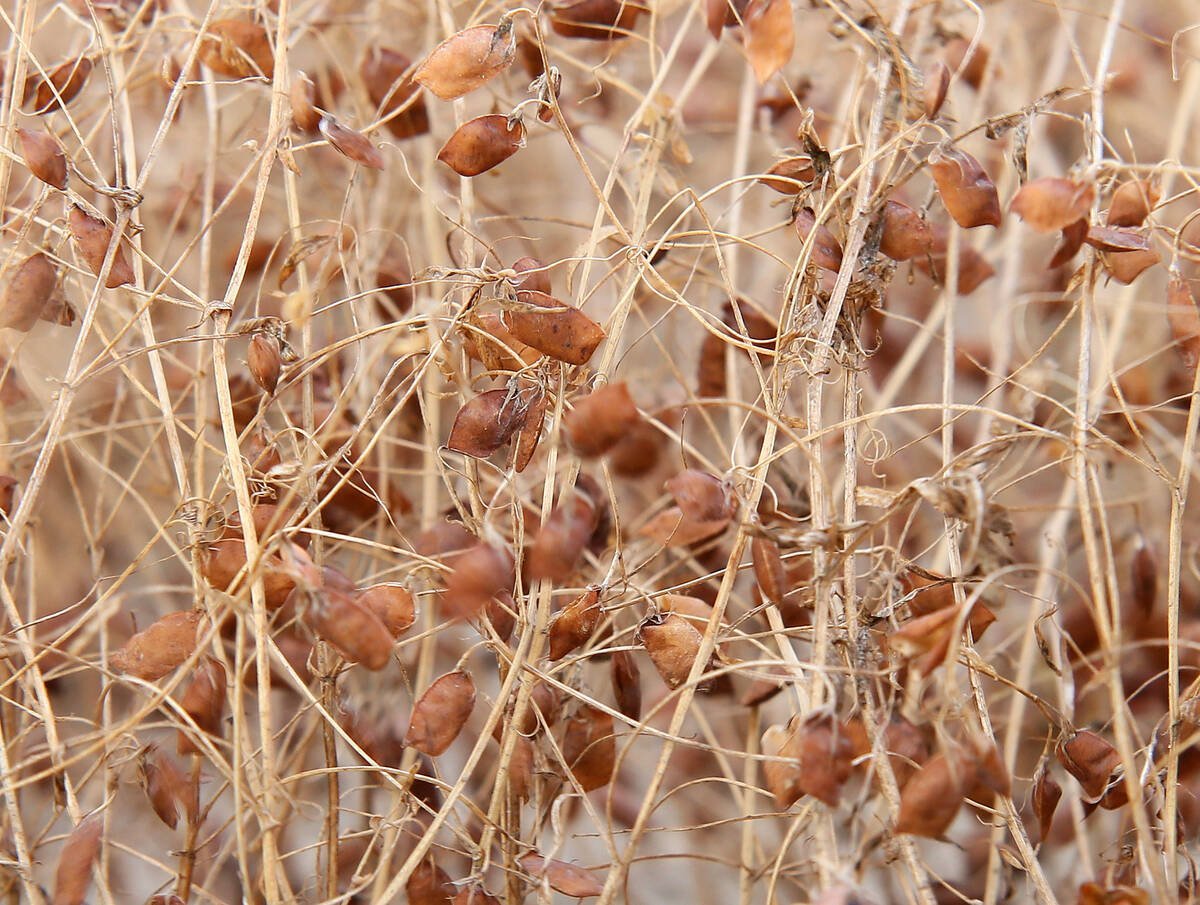The price of honey, which at $1 per pound is already 20 percent higher than last year, continues to rise.
Heather Clay, chief executive officer of the Canadian Honey Council, said analysts expect production problems in China, Argentina and Australia to raise prices another 50 percent in the coming months.
“They are tipping it at $1.50,” she said.
“I’d like to see it at that because then the packers and the beekeepers could still make money, without putting the consumer grossly out of pocket.”
She said higher prices would help beekeepers in the United States and Canada recover from hive losses that have averaged 30 percent this year.
Read Also

Europe holds promise for Canadian lentils
Pulse Canada is trying to help boost lentil consumption in Europe, which is already the fourth largest market.
Some regions have suffered worse wintering losses than others. Alberta has yet to release firm numbers, but anecdotal reports from the Peace River area and Vancouver Island say some producers have suffered losses of up to 60 percent.
“There are some pockets that did very badly,” Clay said.
“Ontario had severe losses last year in certain areas, and those areas are now in recovery. But now there are other areas that have taken a hit. They’re not sure what’s going on.”
Higher than usual losses are being blamed mainly on varroa mites that have become resistant to commonly used pesticides.
Alternative control measures such as formic and oxalic acid have a steeper learning curve and can only be used at specific temperatures for good results.
“If they get caught with an early fall, or snow and cold, the treatment is not as effective,” she said.
“They’ve got to start treating earlier and there has to be more extension work done to get that message out.”
The cost of imported queens has also risen, and Australia, New Zealand, Hawaii and Chile are the only places left to buy them. Export sales for Canadian honey remain unchanged from last year, and imports have fallen.
U.S. food processors are starting to use a honey substitute called “baker’s blend,” sparking indignation among beekeepers south of the border, but Clay said there is no evidence of significant market losses in Canada’s food industry.
“It tastes a bit like honey, but it’s just not honey and it’s a lot cheaper,” she said.
“Our worry is that it might come into Canada.”














